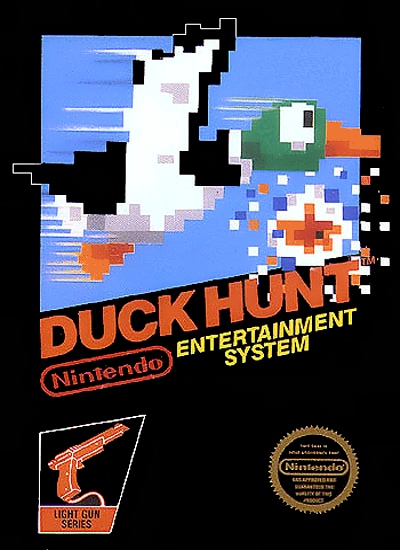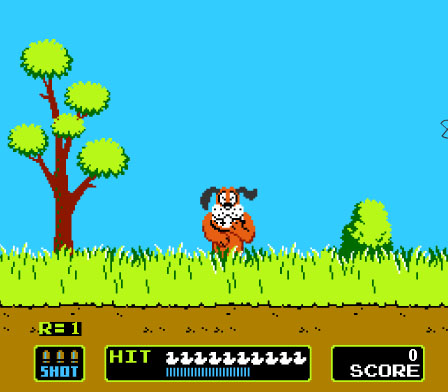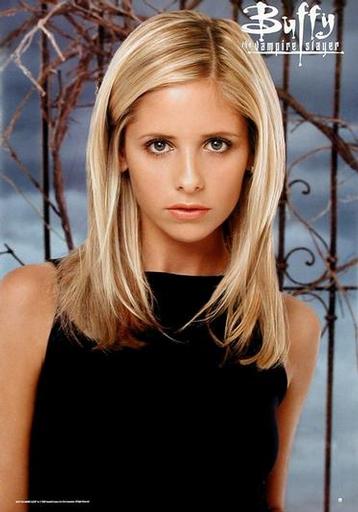I trust few enough of you have trudged through the extensive backlogs that this is almost like new. Almost. I should be back in full force by next week. Until then, enjoy the reruns! Hey, it's summertime. I've got to save the good stuff for sweeps. Thanks for your understanding--see you next week!

There was no day like book-order day. It's crazy to imagine that book-order forms really drove the kids wild, but the love of these flimsy little pamphlets was irrepressible. Despite the fact that these books were available at local retailers everywhere, the idea that something would come to us in the mail at school and we could spend weeks anticipating it was almost too much to bear.
The best thing about book orders was not the order forms themselves, but rather the accompanying excitement of the purchase. Imagine, as a child, being able to select and buy something all on your own! Sure, your parents would have to fill out the form, write the check, and seal the envelope, but you brought it to school. The books arrived with a post-it with your name on it! Let's face it, as children we weren't big decision makers. We couldn't choose what we were going to eat for dinner or what time we would go to bed, but dammit we could pick our books and that was that.
Never mind that these books were educational. We usually found ways around that. There were always special "just for fun" books with no educational value whatsoever, and we hungrily devoured them. I specifically remember ordering a Full House Uncle Jesse's personal photo album. Just imagine! I, a mere third grader, could own Uncle Jesse's personal collection of photographs! In the days before I possessed the mental capacity to realize these "albums" were mass-produced, I actually believed that I owned a piece of history. Through my own good luck, book orders had allowed me to stumble upon a collection of pictures that Uncle Jesse had decided to mail to me and me alone! Take that, third grade peers!
Now of course we can look past our childhood frenzied enthusiasm to realize that at its core, Scholastic was really just a master of marketing to children. By distributing these in schools allowing the children to see these forms first, they put the kids in control. It was like programming children to pester and torment their parents until they finally gave in and wrote the check.
But in those days, we didn't see it that way. Aside from the obvious gratification of Christmas-morning-esque book-order deliveries, bringing in your book-order with all the right books checked off was a measure of your playground street cred. These book orders were ours, and we called the shots. As children, our level of autonomy was pretty limited, so we took it where we could get it.
And if where we could get it also threw in a boxed-set of Judy Blume books, it just made it all the sweeter.
Book-Orders in the news:
Book Orders Under Fire
Browse online Scholastic book-orders:
Book Orders Online







